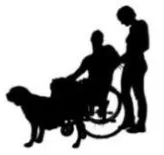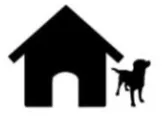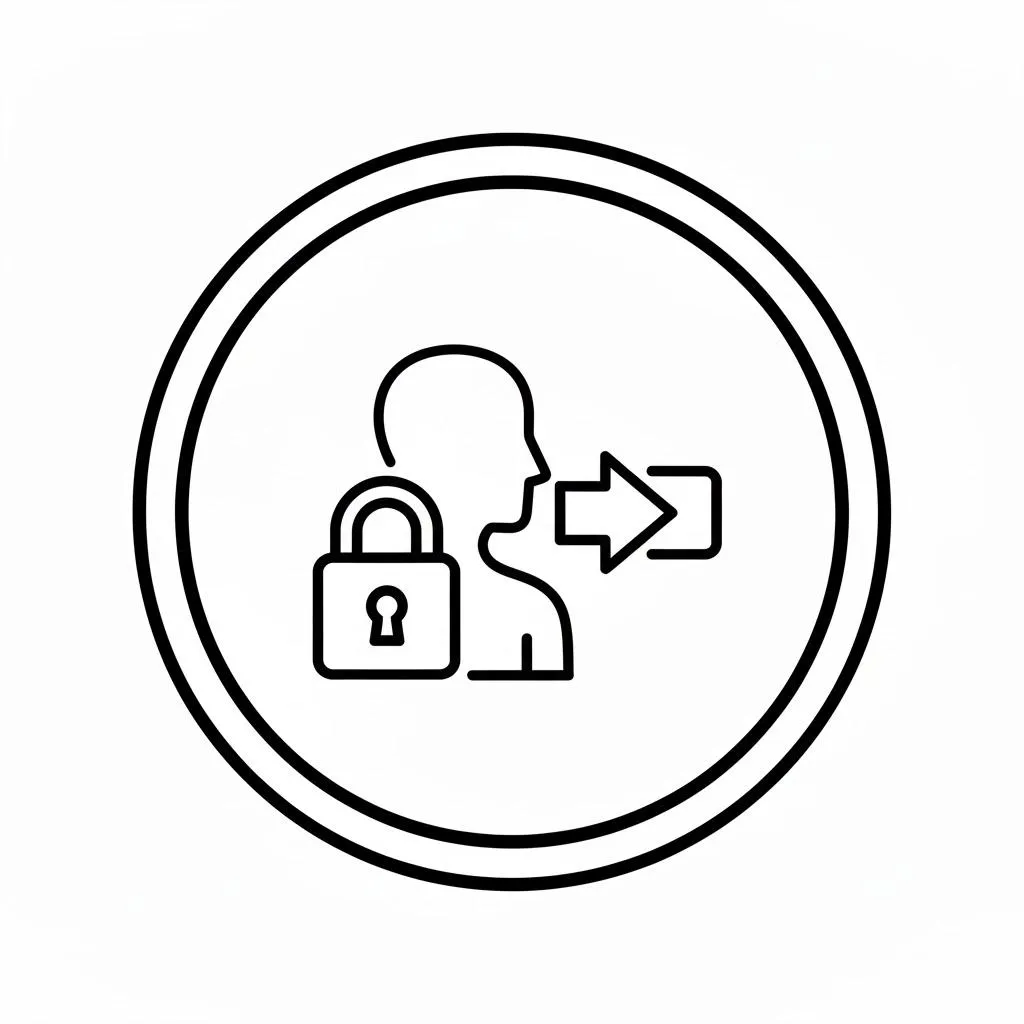You're Not Failing.
Your Dog Just Needs a Different Approach.
You've tried the YouTube videos. Maybe you've even worked with another trainer. But here you are—still dealing with the pulling, the jumping, the complete chaos every time someone comes to the door.
Here's the truth: Your dog isn't broken. And neither are you.
Most trainers use the same methods on every dog. We use our proven "Canine Connection Compass" system to create lasting changes based on YOUR dog's unique personality and your family's real life.

The result? A 90%+ success rate and families who finally enjoy their dogs again.
Choose Your Path to a Better-Behaved Dog
Puppy Training
For dogs 5 months and younger
Start them right—before bad habits become permanent problems
Dog Training
For dogs 6 months and older
Stop the embarrassing behavior and finally enjoy your dog
Group Training Classes
Obedience, AKC Programs & Dog Sports
Affordable, effective training in a supportive community
Service Dog Training
Professional service dog preparation
Expert training to mitigate symptoms of disabilities
Take The FREE Canine Connection Quiz
Discover Your Dog's Personality Type & Get Your Personalized Training Starter Guide
✓ Your dog's unique personality type
✓ The #1 mistake owners of your dog type make
✓ A proven starter exercise you can use TODAY
✓ Personalized program recommendations
✓ FREE Discovery Session details (no obligation)
⏱️ Takes just 60 seconds • Get instant results
🎓Certified Trainers ⭐90%+ Success Rate 👨👩👧👦Family-Owned
Most Dog Owners Feel Like They're Failing
Maybe your dog pulls so hard on walks that your arm aches.
Maybe you can't have people over without apologizing constantly.
Maybe you've spent hundreds on other trainers with nothing to show for it.
You're not imagining it—dog training IS hard when you're using the wrong approach for your specific dog.
Here's what nobody tells you: Your dog's behavior doesn't exist in a vacuum. It's influenced by your family's lifestyle, the specific environment where problems occur, your dog's unique personality, and dozens of other factors most trainers completely ignore.
That's why those "one-size-fits-all" methods don't work. That's why the quick fixes fall apart after a week.
You don't need another generic technique. You need someone who actually understands YOUR dog and YOUR life.
We've Been Where You Are
I'm Mandy Majchrzak—founder of Clever Canine, mom of 9 (5 adopted from foster care), and someone who discovered dog training through necessity, not choice.
When my daughter Lizzie developed a rare autoimmune disorder at age 12, we needed a service dog. Through that experience, Lizzie discovered her extraordinary gift for training dogs—and I discovered how impossible it was to find reliable, effective training information that actually worked in real life.
Today, Clever Canine is a family mission. We've built our reputation on getting results where other trainers haven't—because we don't use cookie-cutter methods. We look at the whole picture.
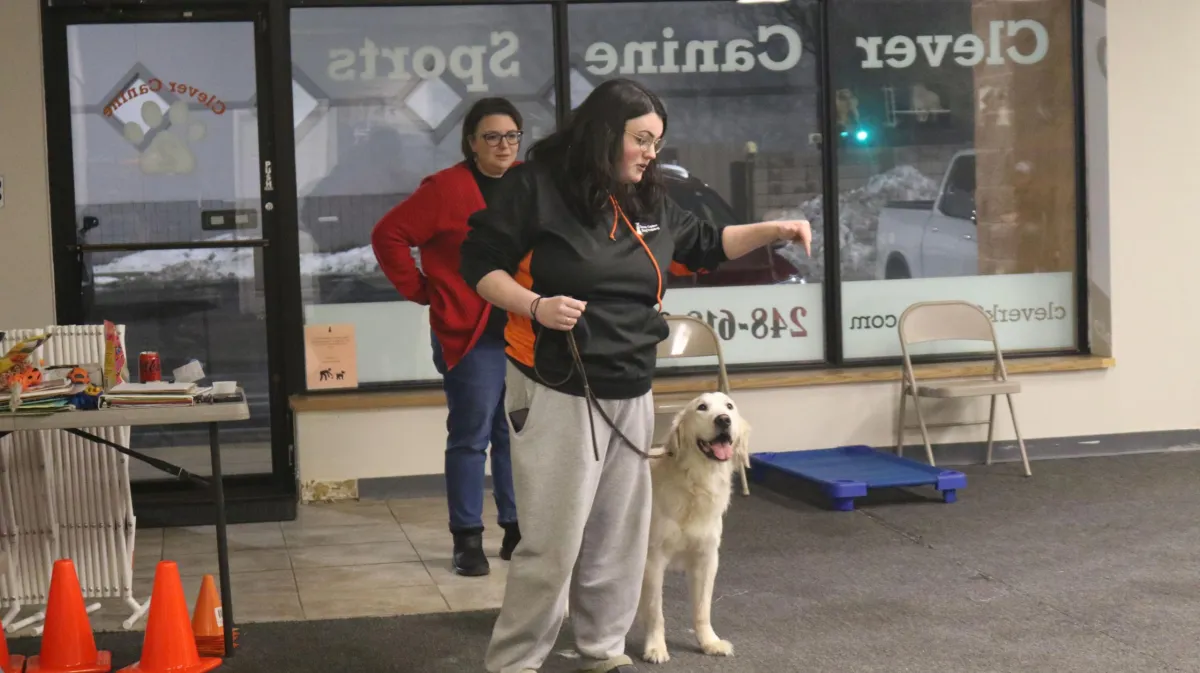
The "Canine Connection Compass" System
Our approach is built on four fundamental pillars:
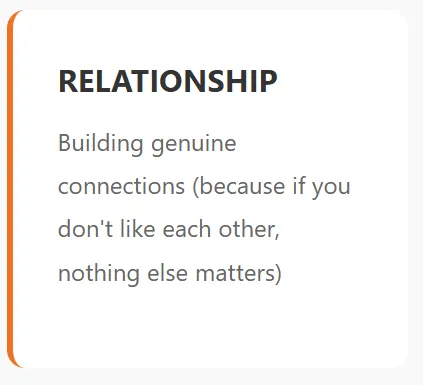
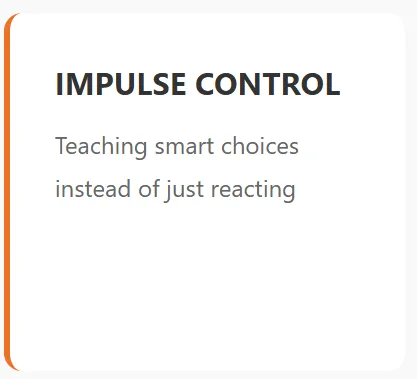
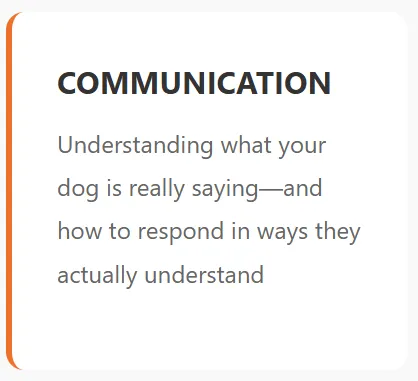

Real Dogs. Real Families. Real Results.
When clients follow our program, 90% see dramatic improvement.
"After spending hundreds on trainers and training tools, I was at my end. I could no longer have people over or enjoy my dog. I can honestly say I am simply amazed at the transformation. I can now walk my dog next to me, call him to me, even settle him down. I am able to bring people over once again."
— Lisa A., Blue Nose Pit Bull Owner
"I honestly doubted she would ever go for walks or stop barking at strangers—but they proved me wrong. We got our life back and we are now very proud parents—best money I ever spent!!!"
— Jenn B., German Shepherd Owner
"We've gone to other classes in the past, other one-on-one trainings. This is the first time we've left a training and been able to see—okay, this is actually working this time. It's been unlike any other experience we've had thus far."
— Duke's Owner, Australian Shepherd
Why Our Approach Gets Results When Others Haven't
Most trainers fall into one of two camps:
They're either so focused on quick results they ignore your dog's personality, OR they're so committed to their ONE method they miss breakthrough opportunities.
We do neither.

✓ Personalized Training Plans
Not generic commands—customized to YOUR dog
✓ Real-World Practice
Not just in a training room—where you actually live
✓ Ongoing Support
Between sessions, not just during them
✓ No Harsh Methods
Relationship-based training that actually works
Not Sure Where to Start?
Every dog is different.
What works for a high-energy Labrador won't work for an anxious rescue or a stubborn terrier.
Take our 60-second quiz and discover your dog's personality type plus get a free personalized training guide delivered instantly to your email.
✓ Free guide • ✓ No credit card • ✓ Instant results
Your Path to a Better-Behaved Dog




Most clients see noticeable improvement after just one session.
Significant transformation typically happens by session three.
Ready to Transform Your Walks?
Stop feeling embarrassed. Stop making excuses. Stop wondering if things will ever get better.
Take our free quiz and get your personalized training roadmap today.
Join hundreds of dog owners who've already discovered their dog's personality type
90%+ Success Rate
Certified Professional Trainers
Family-Owned
Proven System

FOLLOW US
COMPANY
CUSTOMER CARE
LEGAL
Copyright 2025. Clever Canine Dog Training. All Rights Reserved.



